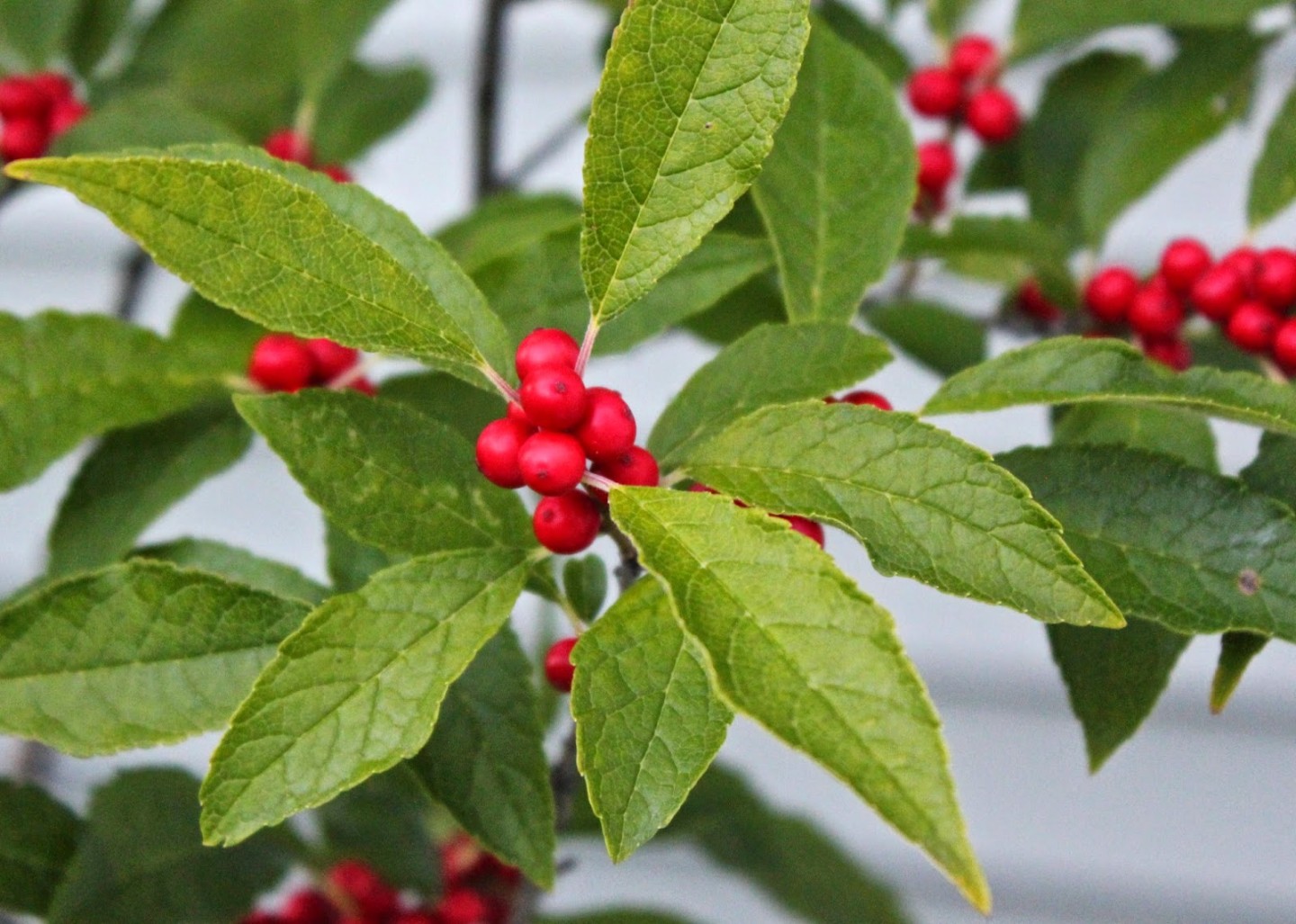Winterberry: A Hardy Shrub for Winter Interest
Winterberry (Ilex verticillata) is a deciduous holly species that offers vibrant winter color to your garden. Unlike its evergreen counterparts, Winterberry sheds its leaves in the fall, revealing clusters of bright red berries that persist throughout the winter months. This striking display attracts birds and adds a touch of cheer to the bleak winter landscape.
Winterberry thrives in moist, acidic soil and partial shade. It is relatively low-maintenance, requiring minimal pruning to shape and remove dead or diseased branches. Regular watering is essential, especially during dry periods. While Winterberry is generally pest and disease resistant, it can be susceptible to fungal infections in poorly drained soils.
Winterberry is dioecious, meaning it has separate male and female plants. To ensure fruit production, you’ll need to plant at least one male plant for every two to three female plants. Bees and other pollinators are responsible for transferring pollen between the male and female flowers, leading to the development of berries.
Numerous Winterberry cultivars are available, offering a range of berry colors, sizes, and plant habits. Some popular varieties include:
Winter Red: Known for its abundant clusters of bright red berries.
Winterberry can be used in various landscaping applications:
Foundation plantings: Create a colorful and inviting entrance to your home.
Winterberry provides valuable food and shelter for wildlife, particularly birds. The berries are a vital food source for many bird species, including robins, cedar waxwings, and cardinals. Additionally, the dense foliage offers nesting and roosting sites for birds and small mammals.
Winterberry is a versatile and beautiful shrub that adds winter interest to any garden. Its vibrant berries, low-maintenance care, and wildlife benefits make it a valuable addition to your landscape. By selecting the right cultivars and providing suitable growing conditions, you can enjoy the stunning winter display of this hardy plant.

